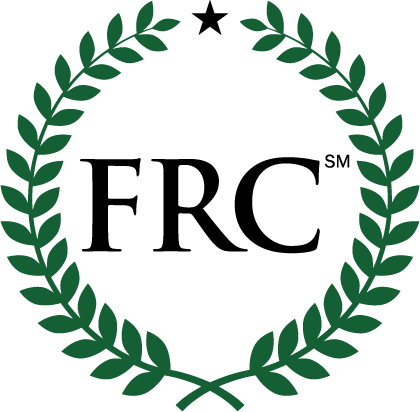INVESTMENT PREREQUISITES
Before beginning an investment program you must make certain that your current income provides for both the basic necessities of life and protection from catastrophic loss. Your current living requirements for housing, food, and clothes, coupled with health, life and property insurance are among the basic prerequisites that must be satisfied prior to the start of an investment program. A budget is your plan — your agreement with yourself to spend a certain amount of money on specific items. Once you have a workable plan you can begin the investment process. RISK AND RETURNThe following discussion examines a few fundamental concepts in the world of investing. Return/YieldThe purpose of investing is to make money and the money you make is called the investment’s return or yield. The return is normally expressed in percentage form and represents the relationship between the money made and the money invested. For example, if you earn $100 on a $1,000 investment your return is 10%. Return quotes are normally provided on an annual basis. Consequently, if you had earned the $100 over a six month period your annual yield would be 20%. There are two types of return — income return and capital return. Income return refers to the monies received periodically from the investment, i.e., dividends from stock investments, interest from bond investments, or rental income from real estate investments. This income return goes by various names — for stocks it is called dividend yield and for bonds it is called current yield. Capital return refers to the increase (or decrease) in the value of the investment (change in selling price) that occurs over the period of time that you hold the item. Some investments may only provide a capital return, i.e., an investment in undeveloped land; other investments may only provide an income return, i.e., an investment in municipal bonds that were purchased and redeemed at par; while still other investments have the potential of providing both an income and capital return, i.e., common stock. RiskRisk is the chance that an investment’s actual return does not equal its expected return. In short, the probability of not making what you thought you would make on a given investment. Generally, there is a direct relationship between risk and return — the greater the risk, the higher the potential return; the lower the risk, the lower the anticipated return. Relatively safe investments like U.S. Government securities generally provide a much lower return while relatively risky investments, like common stock, provide the opportunity (but not the guarantee) of earning a much higher return. DiversificationDiversification is the process of selecting a number of different investment vehicles for inclusion in an investment portfolio. Portfolios can be developed to maximize potential return, minimize potential risk, or maximize the tradeoff between potential return and related risk. Diversification is financial jargon for the old adage “don’t put all your eggs in one basket.” Investors with limited resources can achieve diversification by investing in mutual funds and annuities with different investment objectives. |







